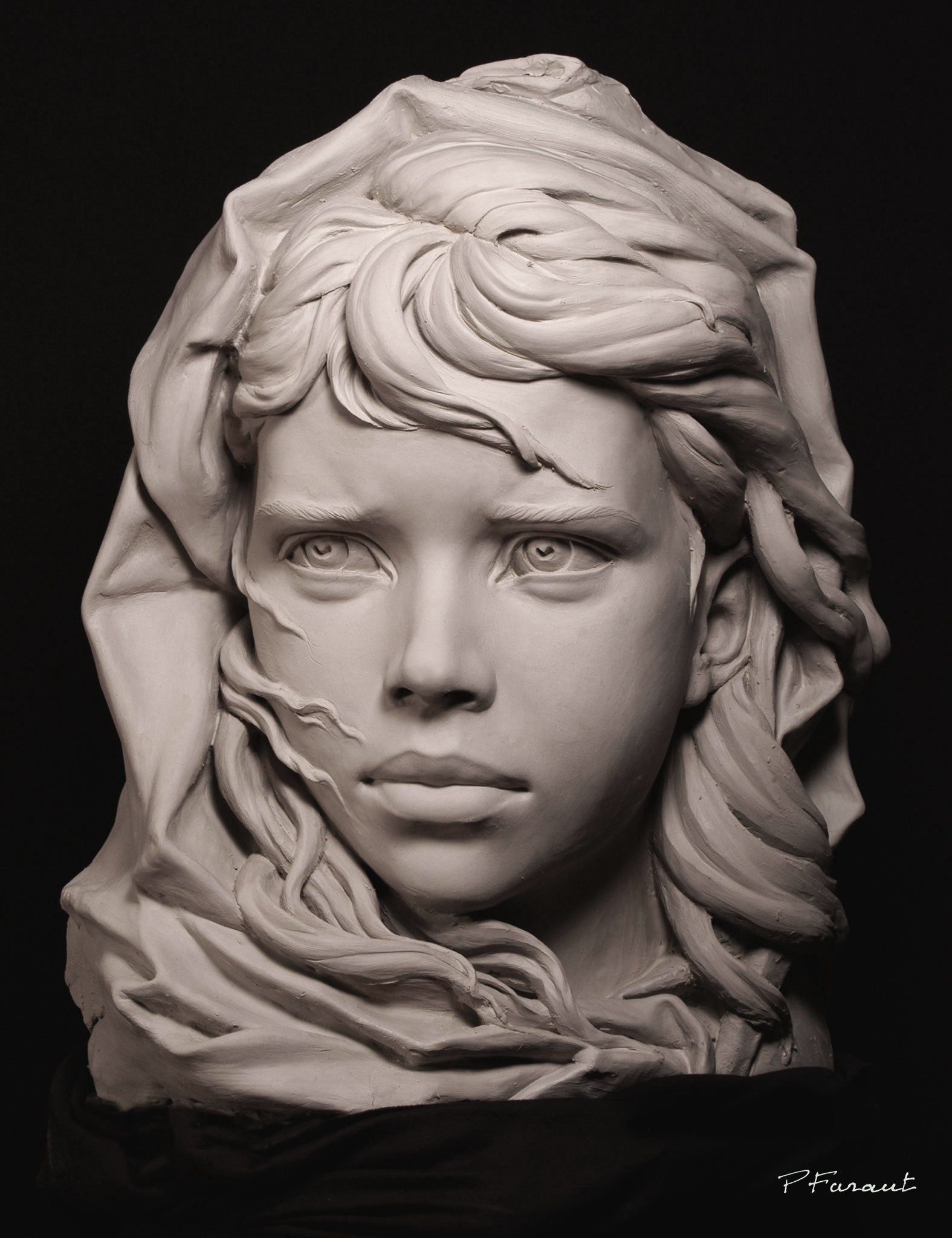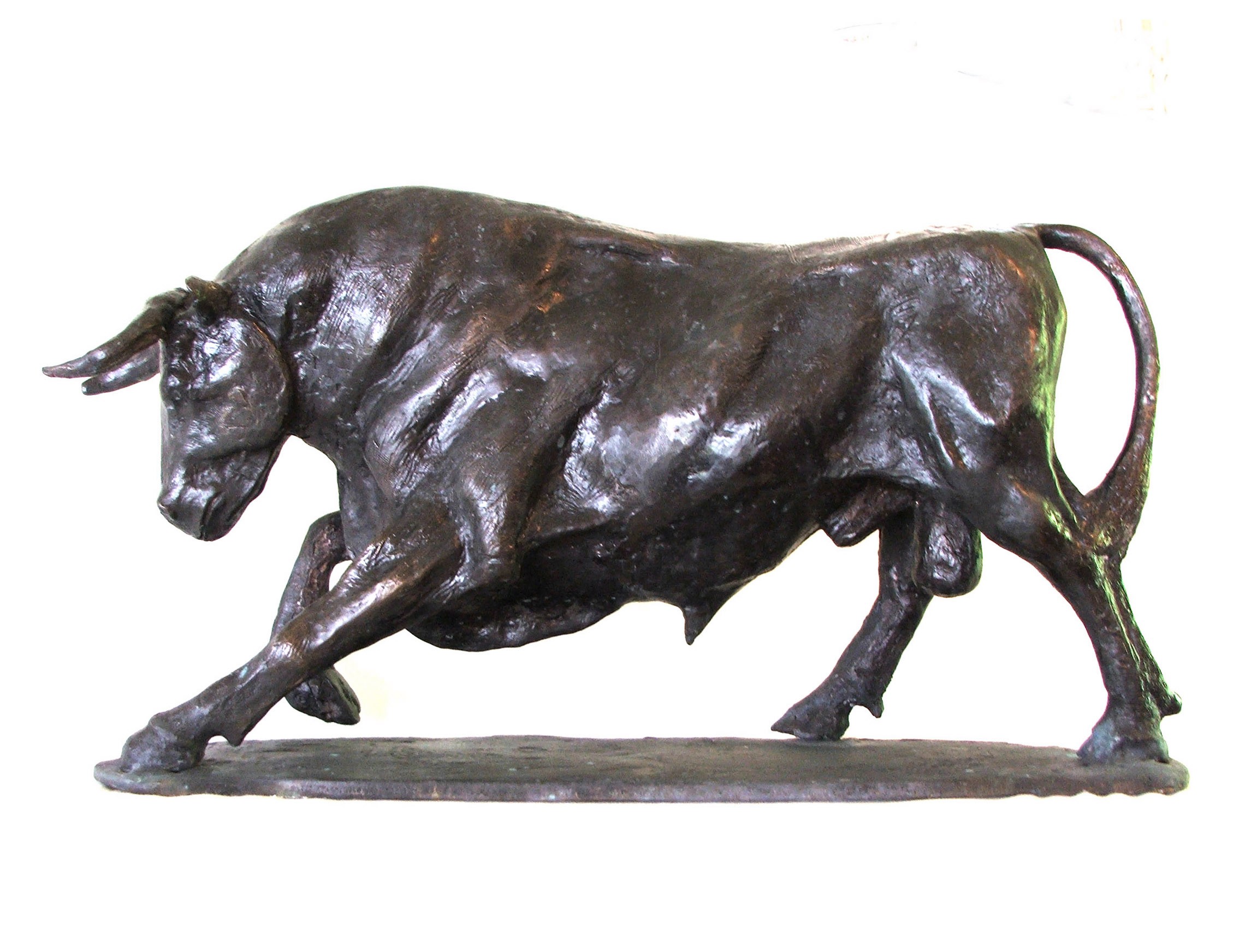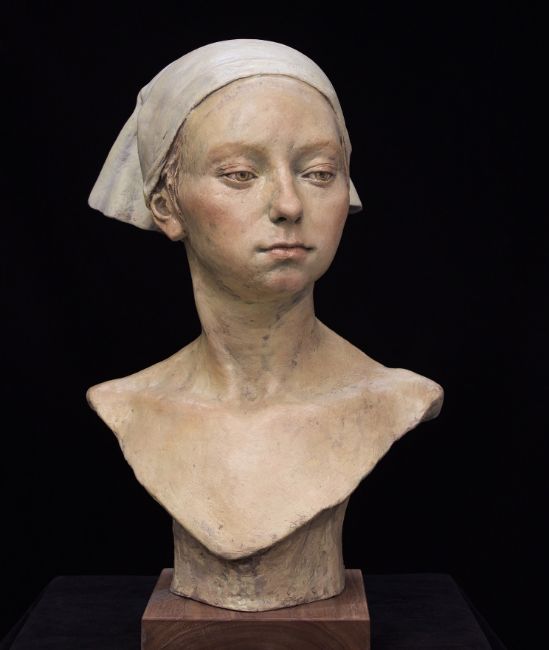The Impact of Nature in Sculpture Art
The influence of nature in sculpture art is a topic that has captivated musicians throughout background. From old human beings to contemporary artists, the environment has served as an extensive source of ideas. This impact is evident in the natural types and shapes that are commonly located in sculpture, imitating the curves and contours of nature. Carvers additionally explore structure and products in their job, seeking to recreate the tactile top qualities of the natural world. Significance of all-natural aspects is another method in which nature influences sculpture, as musicians imbue their productions with the significance and organizations intrinsic in these aspects. The setting itself, with its landscapes, flora, and fauna, is typically mirrored in sculptures, using a link to the globe around us. Inevitably, sculpture art has the power to record the transience of nature, cold a moment in time and allowing us to value its charm in eternity.
Organic Kinds and Shapes
Organic types and shapes, motivated by the harmonious frameworks and detailed patterns found in nature, play a critical role in the world of sculpture art. Carvers have long been mesmerized by the beauty and intricacy of the environment, discovering motivation in the stylish curves of a seashell, the delicate petals of a flower, or the twisting branches of a tree. By imitating and abstracting these natural kinds, artists have the ability to produce sculptures that stimulate a sense of harmony and equilibrium.
Among the reasons natural types and forms are so widespread in sculpture art is their capability to get in touch with audiences on a deep psychological level. The natural globe recognizes to all of us, and when we see these forms stood for in art, it evokes a sense of comfort and recognition. It reminds us of our place in the grand system of points and enables us to connect with something more than ourselves.
Furthermore, natural types and shapes in sculpture art typically symbolize a sense of motion and power. The moving lines and vibrant structures simulate the consistent motion and growth found in nature. This produces a sense of vitality and brings sculptures to life, making them appear as if they might remain to change and develop before our eyes.
Texture and Material Expedition
A considerable element of sculpture art influenced by nature is the exploration of structure and materials via making use of various strategies and tools. Artists often draw motivation from the varied appearances discovered in the environment, such as the rough bark of a tree, the smooth surface area of a pebble, or the intricate patterns on a leaf. By incorporating these structures into their job, artists can produce a tactile experience for visitors, welcoming them to engage with the art work on a sensory level.
Texture can be achieved in sculpture with a range of techniques. Some musicians pick to sculpt or sculpt directly right into the chosen material, producing a three-dimensional surface that simulates the structures found in nature. Others may utilize techniques such as molding or casting to catch the information of organic textures. In addition, musicians may trying out different materials, such as wood, clay, rock, or steel, each offering its own unique appearance and aesthetic allure.
Product expedition is likewise a significant component of get redirected here sculpture art affected by nature. They may include natural elements like branches, leaves, or also dirt right into their sculptures, obscuring the boundaries in between art and the setting.
Importance of Natural Elements
The consolidation of natural environments in sculpture art includes a layer of importance and deepness to the artwork. By utilizing materials found in nature, artists are able to imbue their creations with definition that resonates with visitors on a profound level. All-natural elements such as timber, rock, and plants have been used throughout background to share numerous symbolic messages.
Wood, for example, often stands for resilience, development, and strength. Sculptures crafted from this product can evoke a feeling of link to the earth and the cycles of life. Stone, on the various other hand, is usually associated with durability and endurance. Sculptures carved from stone can signify the classic nature of certain concepts or principles.
Plants and flowers are additionally regularly incorporated into sculpture art, standing for motifs of beauty, growth, and revival. The delicate flowers and vibrant colors of flowers can evoke feelings of joy, while the intertwining branches of plants can signify interconnectedness and unity.
In addition to these natural products, carvers may also utilize all-natural elements such as wind, fire, or water to even more enhance the symbolic message of their artwork. These aspects can stand for the transformative power of nature, the passage of time, or the pressures that form our globe.

Representations of the Atmosphere
Representations of the Atmosphere can be seen in sculpture art through the incorporation of all-natural elements and the representation of eco-friendly themes. Artists often draw ideas from the atmosphere, using materials such as wood, rock, or also recycled products to develop their artworks. By utilizing these natural environments, they not just pay homage to the setting however also produce a stronger connection between the art work and its environments.
In enhancement to the products made use of, sculpture art additionally reflects the environment with the representation of ecological themes. Numerous carvers select to show pets, plants, or landscapes in their job, highlighting the appeal and delicacy of the all-natural globe. These sculptures serve as suggestions of the significance of protecting our setting and the demand for sustainable practices.

Furthermore, ecological sculptures often aim to elevate recognition concerning pushing environmental concerns. They offer as visual representations of the effect of human tasks on the atmosphere, such as deforestation, climate, or contamination modification. By showing these concerns in their artwork, carvers wish to inspire visitors to take activity and end up being a lot more conscious of their own ecological impact.
Recording the Transience of Nature
Sculpture musicians better check out the influence of nature by masterfully capturing the ephemeral and ever-changing aspects of the environment. Via their virtuosity, these artists intend to show the fleeting appeal and transience of nature, stimulating a feeling of marvel and contemplation in customers.
One method in which sculpture artists catch the transience of nature is by utilizing products that are themselves subject to decay and adjustment. For instance, artists may pick to work with organic materials such as leaves, blossoms, or timber, which naturally degrade gradually. This intentional choice highlights the impermanence of nature and reminds us of the inescapable cycle of life and death.
Additionally, sculpture musicians frequently employ techniques that produce a sense of motion and fluidity in their job. By integrating streaming lines and vibrant types, they convey the ever-changing nature of the environment. This can be seen in sculptures inspired by wind, water, or the growth of plants, where the musician seeks to catch the essence of consistent activity and change.
In addition, some musicians choose to create site-specific or temporary installations that connect with the environment. These ephemeral sculptures, made from materials such as sand, ice, or light, are deliberately created to progressively change or go away gradually. By embracing the short-term nature of their creations, artists welcome viewers to review the short lived elegance of the natural world and the impermanence of human existence.

Verdict
In final thought, nature has an extensive influence on sculpture art (Portrait Sculptor). Texture and product exploration additionally boost the link to nature, as artists usually integrate all-natural materials into their sculptures.
Importance of all-natural components is an additional way in which nature influences sculpture, as musicians imbue their developments with the significance and associations integral in these components.A substantial facet of sculpture art affected by nature is the exploration of texture and materials via the usage of various techniques and mediums (Portrait Sculptor).Material exploration is additionally a significant component of sculpture art affected by nature.One way in which sculpture musicians record the transience of nature is by utilizing materials that are themselves subject to decay and adjustment. Texture and material expedition better enhance the link to nature, as artists typically incorporate natural materials right into their sculptures